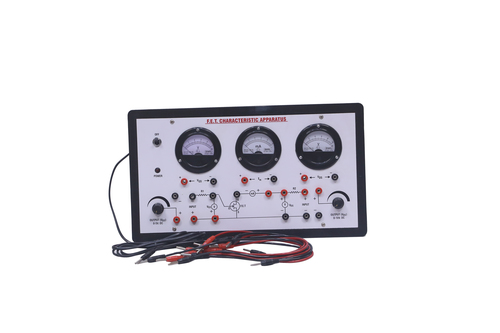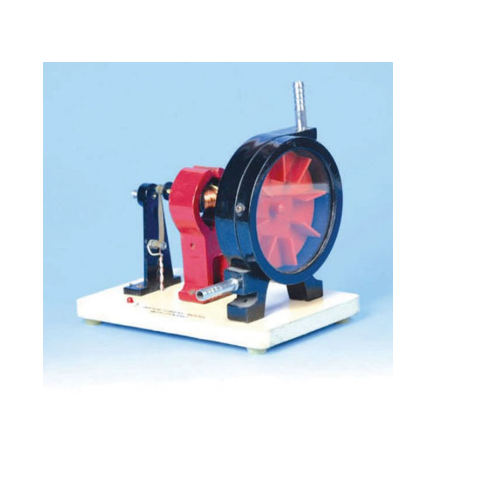Fluorescent Microscope
Price 36000 INR/ Piece
Fluorescent Microscope Specification
- Equipment Materials
- Iron & Bakelite
- Usage
- For Laboratory
- Capacity
- 1 Kg/hr
- Temperature Range
- 10-40 0C Celsius (oC)
- Display Type
- Analog
- Dimension (L*W*H)
- 14*12*10 Centimeter (cm)
- Weight
- 2200 Kilograms (kg)
Fluorescent Microscope Trade Information
- Minimum Order Quantity
- 1 Piece
- FOB Port
- Ambala cantt
- Payment Terms
- Cash in Advance (CID)
- Supply Ability
- 1 Piece Per Week
- Delivery Time
- 1 Days
- Sample Policy
- Sample costs shipping and taxes has to be paid by the buyer
- Packaging Details
- Each Piece
- Main Export Market(s)
- Africa, Asia
- Main Domestic Market
- All India
- Certifications
- ISO 900..2015/CE
About Fluorescent Microscope
Features:
- USB connector
- Smart interface
- High durability
Analogue Display for Clear Observation
This microscope features an easy-to-read analog display, allowing users to quickly assess and adjust imaging conditions while conducting laboratory experiments. Accurate analog readings enhance both workflow efficiency and quality control.
Adaptable Laboratory Performance
Engineered to operate effectively between 10 and 40C, this microscope suits a broad range of laboratory environments. Its robust iron and Bakelite construction resists wear, ensuring stability and safety during frequent use.
Exported and Manufactured in India
As an exporter, manufacturer, and supplier from India, our product meets international standards. The compact dimensions and manageable capacity make it suitable for global shipments and diverse laboratory setups.
FAQs of Fluorescent Microscope:
Q: How is the fluorescent microscope used in laboratory applications?
A: The microscope employs fluorescence imaging for the identification and analysis of samples, assisting researchers in detailed cellular studies and advanced laboratory workflows.Q: What are the benefits of an analog display on this microscope?
A: An analog display provides direct and real-time monitoring of settings, which improves operational accuracy and simplifies adjustments during experimental procedures.Q: When should I use this microscope within the specified temperature range?
A: This microscope is optimized for operation between 10 and 40C, ensuring consistent performance as long as laboratory conditions remain within this temperature span.Q: Where is this fluorescent microscope manufactured and supplied from?
A: The microscope is manufactured, exported, and supplied from India, meeting high-quality standards and serving customers both locally and internationally.Q: What materials are used in the construction of this microscope and why?
A: The main structural elements of the microscope are made from iron and Bakelite, offering durability, chemical resistance, and a sturdy base for consistent laboratory use.Q: What is the process for using this microscope with samples?
A: Users need to prepare the sample and position it on the stage, then adjust the analog display as needed for optimal fluorescence visualization and detailed analysis.Q: What is the main benefit of the compact dimension and 1 kg/hr capacity?
A: The compact size allows for efficient use of lab space, while the 1 kg/hr capacity supports steady sample throughput, ideal for both routine and intensive laboratory operations.

Price:
- 50
- 100
- 200
- 250
- 500
- 1000+
More Products in Physics Lab Instruments Category
Voltmeter (MR-80)
Price 650 INR / Piece
Minimum Order Quantity : 6 Pieces
Weight : 150 Grams (g)
Usage : For Laboratory
Equipment Materials : Iron & Bakelite
Dimension (L*W*H) : 5*3.75*3.25 Centimeter (cm)
FET Characteristics Apparatus with Regulated Power Supply
Price 4850 INR / Piece
Minimum Order Quantity : 1 Piece
Weight : 2300 Kilograms (kg)
Usage : For Laboratory
Equipment Materials : Iron & Bakelite
Dimension (L*W*H) : 12*11*6 Centimeter (cm)
Human Heart Models
Price 950 INR / Piece
Minimum Order Quantity : 1 , , Piece
Weight : 200 Grams (g)
Usage : For Laboratory
Equipment Materials : PVC
Dimension (L*W*H) : 480x430x30 Millimeter (mm)
Water Turbine with Dynamo Model
Price 2450 INR / Piece
Minimum Order Quantity : 1 Piece
Weight : 1000 Kilograms (kg)
Usage : For Laboratory
Equipment Materials : Iron & Bakelite
Dimension (L*W*H) : 8*6*6 Centimeter (cm)
 |
ESEL INTERNATIONAL
All Rights Reserved.(Terms of Use) Developed and Managed by Infocom Network Private Limited. |

 Send Inquiry
Send Inquiry




